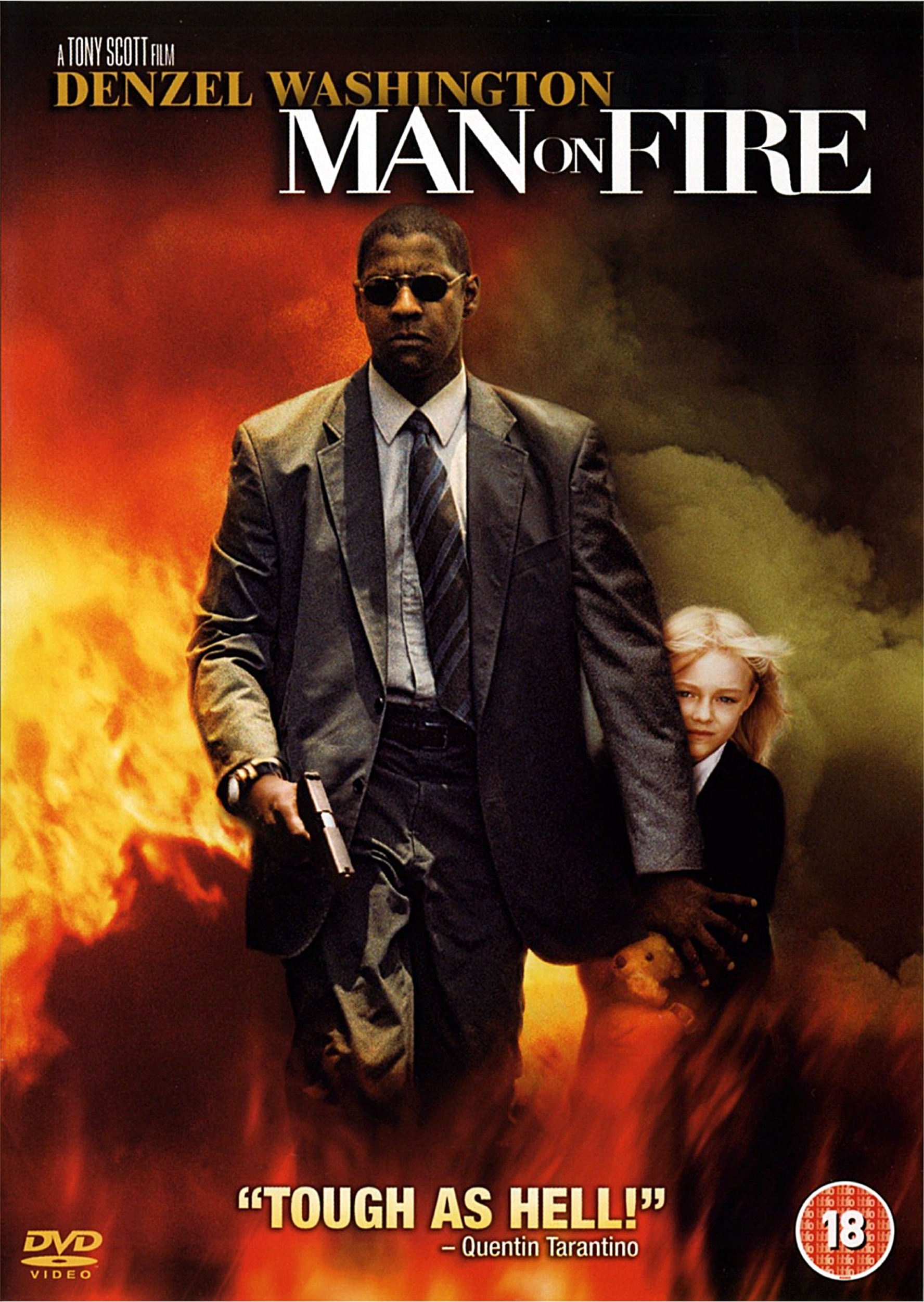Finding The Pursuit of HAPPYness
The phrase, a picture is worth a thousand words, is a theory to be tested in a movie poster. With little opportunity to give a full and accurate reading of what the movie has to offer, a movie poster must be eye-catching and convincing. The Pursuit of Happyness, already drawing attention with the famous actor Will Smith and son highlighted, accurately depicts the summary of the movie through the simple yet intense showing of contentment between the two characters.
The movie poster shows the father, Chris, and son, Christopher, holding hands and walking, a direct demonstration of pathos by the moving relationship between the two. They appear to be close, due to the affectionate look that man is using to look at his son and the reliant look the boy has while leaning on his father. Though from the picture we can only reasonably assume that this is his son, the opening scene clarifies the confusion as the son calls him his father. It is not shown in the picture that the family of two is poor and struggling. But as later verified, the family is infact coping with the loss of a secure home and money. Later scenes find meaning to the title of the film when the name of the daycare the young boy attends, has the ironic name of Pursuit of Happyness. This is the first example of happiness being found in the simplicity of menial tasks such as walking his son to school.
Throughout the movie there is a common theme of searching where happiness can truly lie. The poster accurately shows that the two find joy in just being with each other. In moments with his son he reminds him “ Don’t ever let someone tell you you can’t do something, not even me.” The placement of the little boy’s head leaning on his dad shows that the little boy relies on his father despite the Chris’s often failures.
The movie poster, being only a picture, lacks to show the inner struggle of both mental capacity and physical battle both Chris and Christopher undertake. Chris often fails until he finally finds his way. The movie title, using the verb to pursue into a noun entailing that it is a journey, is the only insight into the true depth of the film. Chris often questions “they all look so damn happy. Why couldn’t I look like that way?” and making reference to Thomas Jefferson’s life liberty and the pursuit of happiness is not shown in the happy faced man in the cover. The also satirical scene of his “happiness” or machines being stolen by hippies, meant to be relaxed and happy people, often stealing the machines away, is not depicted in the cover.
The bright whiteness of the poster , the usage of the light between the two characters and the placement of the light all factor into the drama-filled movie. The light, representing the final finding of happiness in the end of the film is a clear answer that the pursuit was found successful and the life he led was worth the struggle.
The Pursuit of Happiness, a switch between major triumphs and heartbreaks, can be found in the movie poster. Though the core of the movie is one that requires a full watching, the basis of happiness being found through the struggles of a father and son grabs the attention of any passer-by. An emotional pull draws you to want to watch and find how happiness can really be found.





